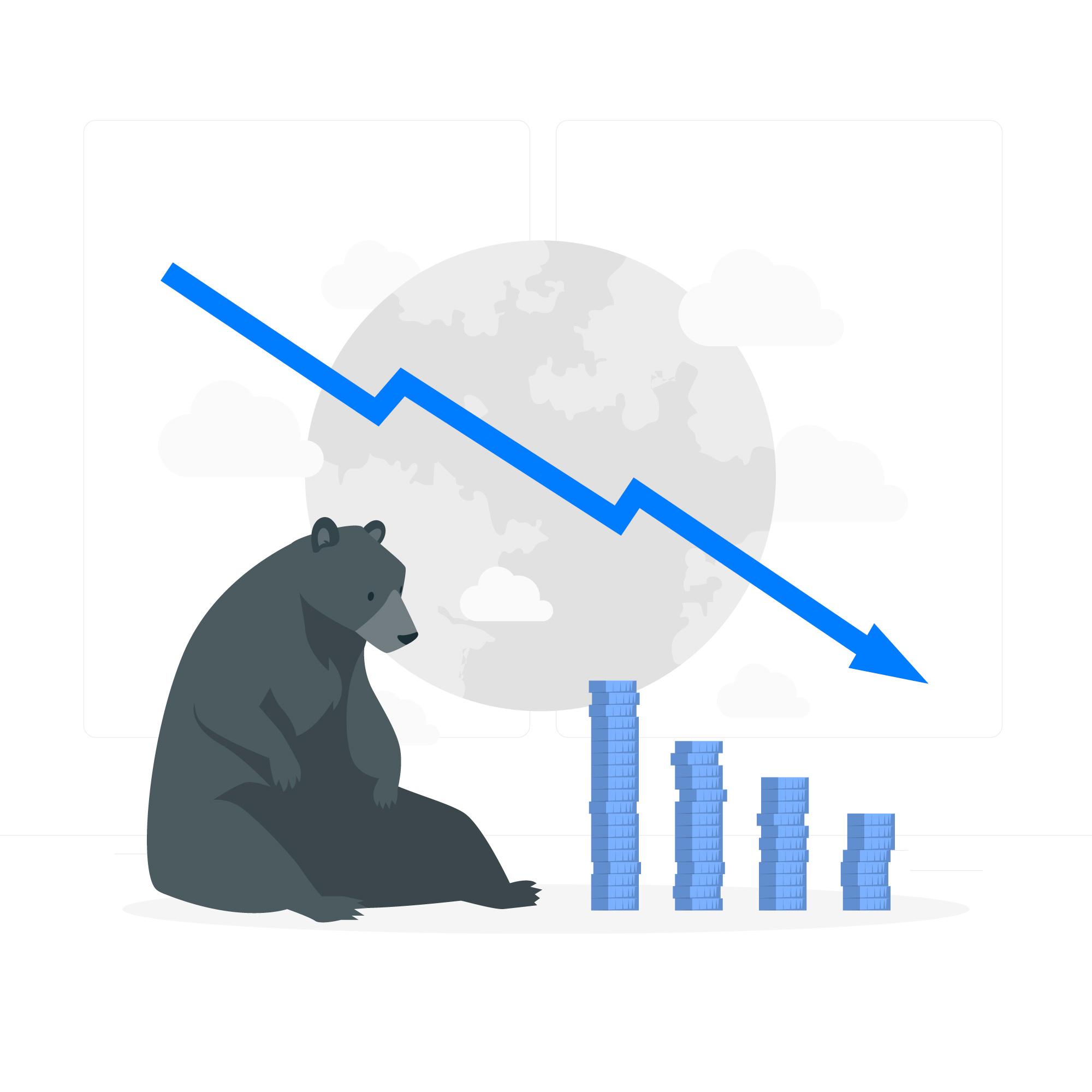
How to Avoid Overtrading and Stick to Your Trading Strategy
Today I wanna talk about something that’s been bugging me lately – overtrading. You know that feeling when you just can’t stop yourself from jumping into trades? Yeah, we’ve all been there. Let me share some real talk about how I learned to deal with this and how you can too, especially if you’re using modern trading tools like the Insight Ease API for your market analysis.
Why Do We Overtrade?
Let’s be honest – overtrading is like eating too many cookies. You know you shouldn’t, but it’s hard to stop! Here’s what usually causes it:
- FOMO (Fear Of Missing Out) – when you see everyone making money and you don’t wanna miss out
- Revenge trading – trying to win back losses quickly
- Boredom – sometimes we trade just cause we’re bored
- Information overload – too much data making us see “opportunities” everywhere
The Real Cost of Overtrading
Listen, I learned this the hard way. Overtrading isn’t just about losing money (though that definitely hurts!). Here’s what it really costs you:
- Trading fees eat up your profits
- Emotional burnout
- Less time to analyze good opportunities
- Messed up risk management
How to Stick to Your Trading Strategy
1. Use the Right Tools
One thing that really helped me was getting proper market data. I started using the Insight Ease stock API to get reliable market info. Having good data helps you make better decisions and stick to your strategy instead of trading on emotions.
2. Set Clear Rules
Make these rules for yourself:
- Maximum trades per day
- Risk per trade
- Minimum profit target
- Market conditions when you’ll trade
3. Keep a Trading Journal
This is super important! Write down:
- Why you entered the trade
- Your emotions during the trade
- What worked and what didn’t
4. Use Technology Wisely
Modern tools can be your friend or enemy. Here’s how to use them right:
- Set up alerts for your specific strategy
- Use automation for entries and exits
- Monitor multiple markets without getting overwhelmed
I’ve found that using reliable data sources like Insight Ease API helps me stay focused. Instead of jumping at every price movement, I can see the bigger picture and make better decisions.
Creating a Sustainable Trading Routine
Here’s what works for me:
- Morning market review (15 mins)
- Setting up watchlist using API data
- Trading only during best hours
- Evening review and journaling
Common Mistakes to Avoid
- Don’t chase the market
- Avoid trading out of boredom
- Never average down on losing trades
- Don’t overtrade just cause you have fast data access
When to Take a Break
Sometimes the best trade is no trade. Take a break if:
- You’ve hit your daily loss limit
- You’re feeling emotional
- Markets are too choppy
- You’re tired or stressed
FAQ
Q: How many trades per day is considered overtrading?
A: It depends on your strategy, but more than 3-5 trades per day for day traders might be too much.
Q: Can automation help prevent overtrading?
A: Yes! Using tools like Insight Ease API with proper automation can help stick to your rules.
Q: What’s the best way to recover from a losing streak?
A: Take a break, review your journal, and start small when you return.
Q: How do I know if I’m overtrading?
A: If you’re trading without clear reasons, or trading more than your plan allows, you’re probably overtrading.
Remember, successful trading isn’t about making lots of trades – it’s about making the right trades at the right time. Using good tools like Insight Ease API can help you stay disciplined, but at the end of the day, it’s all about sticking to your strategy and keeping your emotions in check.
What’s your experience with overtrading? Have you found any specific techniques that help you stay disciplined? Let me know in the comments below!
Stay safe and trade smart!

